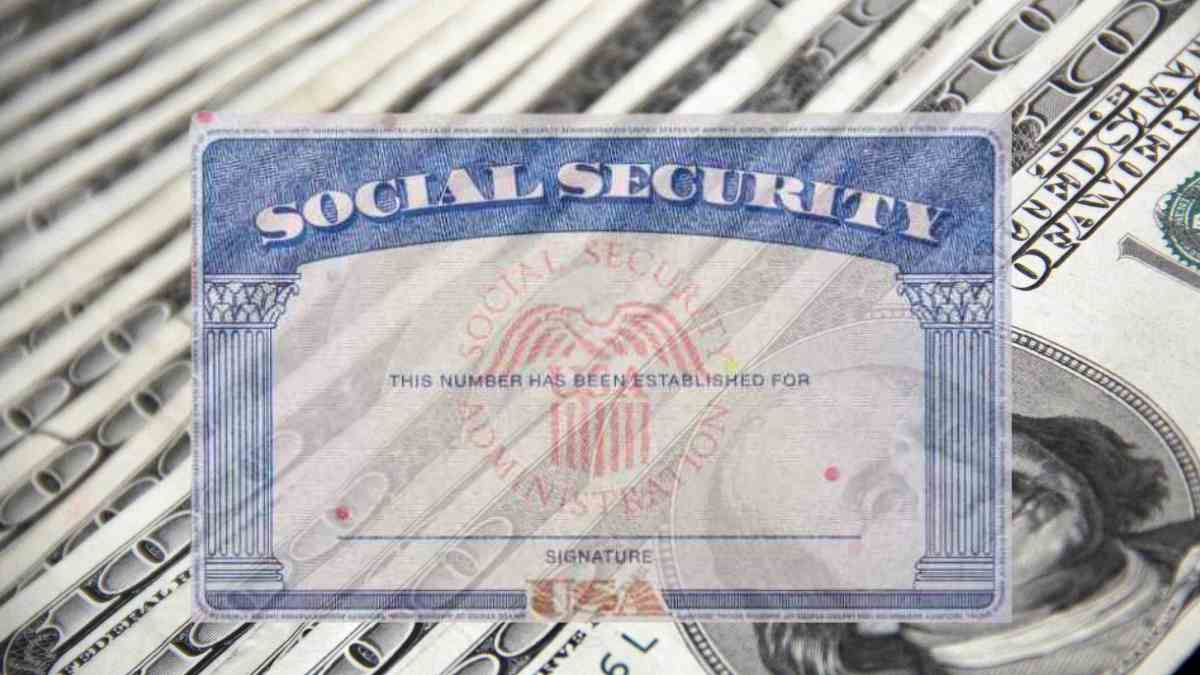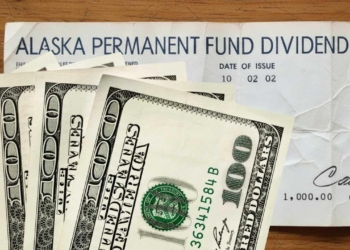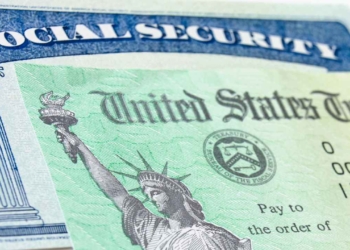The Federal Government can issue SSI payments of up to $967 if you are an eligible individual. Married couples can receive a check or direct deposit of up to $1,450 if they both qualify for this program. Remaining eligible is essential because this money is only for low-income Americans. Thus, if you have come into a large inheritance, or have worked and earned money, your eligibility may be affected.
Therefore, you should have a low income and little to no resources the moment you apply, but also as time goes by. Nevertheless, these are not the only conditions.
SSI requirement to get upcoming payments
For your information, the Supplemental Security Income program is only for Americans who:
- have a qualifying medical condition which meets SSA’s strict definition of disability
- are blind
- are at least 65 years old
- has limited resources
- has limited income
- is a U.S. citizen
- is a U.S. national
- certain non-citizens whose alien classification meets special requirements and is granted by DHS
- lives in the USA
- is not absent for 30 days (consecutive)
- is not absent for a complete calendar month
- is not in prison or hospital at government’s expense
- is on Social Security or other benefits
- allows SSA to check financial records
- to get payments you must have filed first
- other requirements may apply depending on your circumstance
SSI payment for February
If you have already filed for SSI, gotten approval, and remain eligible, your next payday will be due on January 31, 2025. This will be when the February payment will be sent by the Federal Government.
The SSI payment for February should have been delivered on February 1. The reason why it had to be rescheduled is SSA can’t schedule payments on the weekend.
So, SSA had to change it to the previous business day. Remember that you will only receive the full amount if you get no reductions. Reductions take place when you have other earnings, benefits or resources. On average, SSI recipients used to get about $698 before COLA, and about $715 in 2025 with the Cost-of-Living increase.







